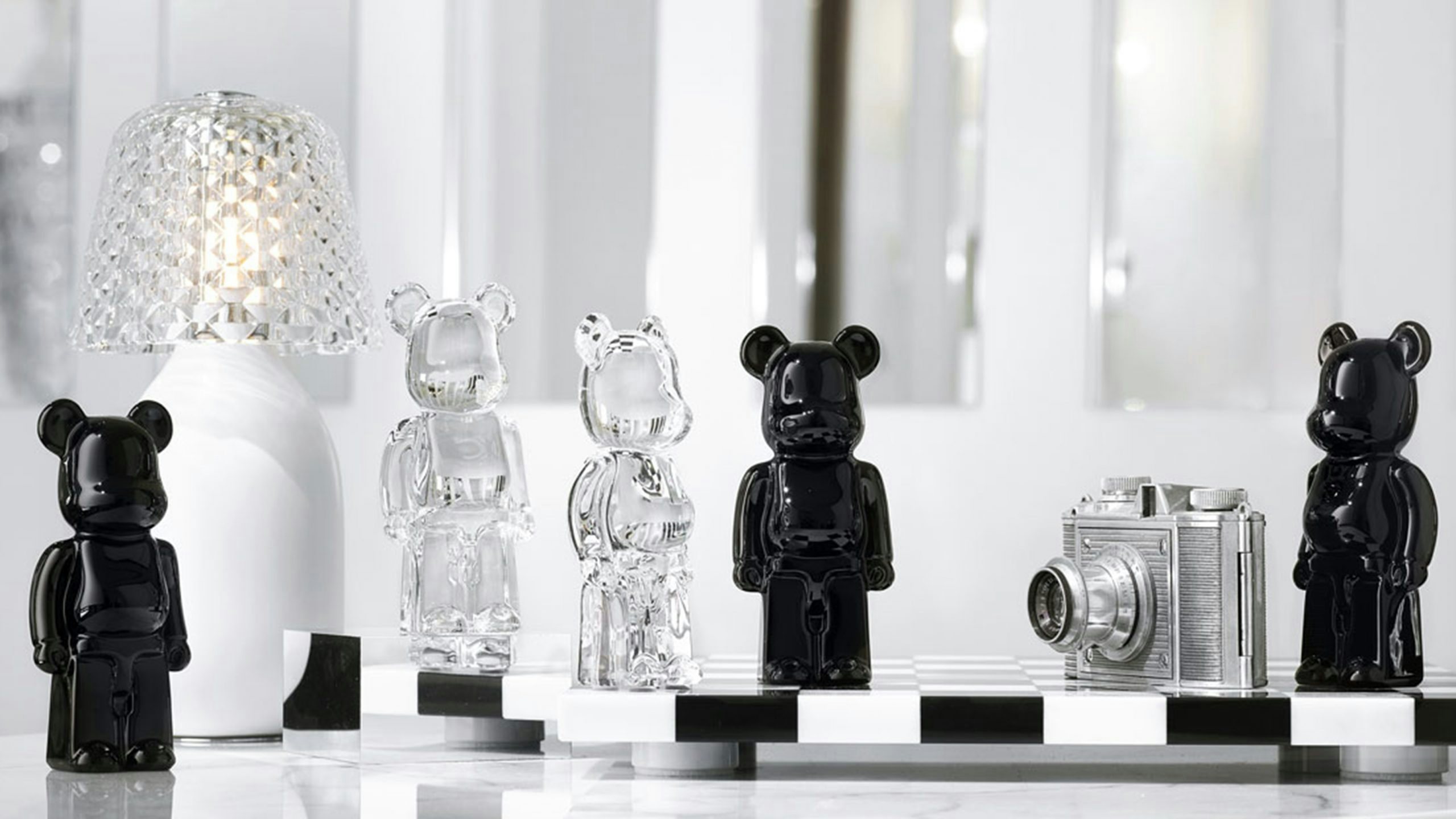The South China Morning Post reports that the future of the French crystal maker Baccarat has become cloudy. But there’s more to the story than the usual retail bankruptcy — a common theme in this post-COVID-19 world.
“French luxury firm Baccarat has survived the Spanish flu, two world wars, and the 1789 French Revolution,” says Alison Tudor-Ackroyd in her article for the South China Morning Post. “Now, the changing fortunes of its distressed Chinese owner have prompted a French court to take the crystal maker into protective custody.”
Ms. Tudor-Ackroyd rightfully points out that the French crystal maker survived many turbulent events, but it still managed to take the lead and use a strategy of resilience to cope with its challenges. Nevertheless, these events happened before 2018, when the Chinese investment group Fortune Fountain Capital (FFC) acquired 88.8 percent of Baccarat shares for approximately 184 million.
But after two years under the ownership of Coco Chu’s family, Baccarat finds itself in a particularly vulnerable position and has become the “battleground between Chu’s family office, Fortune Fountain Capital, and its creditors,” says Tudor-Ackroyd.
But this is hardly the first case of overreaching to come from Chinese investors. We can trace the origin of the negligence that led these companies to chase trophy assets back to 1999 when the Chinese government encouraged local public and private companies to “zou chuqu” or invest overseas.
In particular, the first wave of M&As proved to be a failure. But, after 2006, Chinese investors shifted priorities and began pursuing natural resources or financing infrastructure projects and tech startups. Nevertheless, some investors still didn’t learn their lessons and continued to hunt down high-priced trophy assets that too often came with special legal provisions.
Therefore, it isn’t surprising that analysts are wondering if Baccarat is going to become another failed cross-border project that will leave Hong Kong-based Fortune Fountain Capital with distressed finances and debt.
What is in store for Baccarat?
It is highly doubtful that Fortune Fountain will be able to gain access to relief loans or other forms of capital, or that it can respond to all the demands imposed by creditors. Fortune Fountain acquired the French crystal maker through loans across various lenders. Now, the Hong-Kong investment company finds itself in a daunting situation, as it has been under compulsory liquidation since July.
Various sources also report leadership failures. Since CEO Daniela Riccardi resigned in March, Fortune Fountain shareholder Sun has taken on the role. But, according to the South China Morning Post, this move violates a crucial clause in the loan. Furthermore, stability and consistency seem hard to find, considering that Coco Chu cannot be found, although she retains the chairman position. Her absence and lack of commitment keep the company from fulfilling its duties to shareholders.
Additionally, there’s no one to protect the interests of the Baccarat employees, so we can expect many good workers to leave. The core of most heritage brands is their skilled workforces. All too frequently, these workers come from a lineage of craftspeople, so losing top talent could spell disaster for Baccarat.
Apart from the internal problems, there’s also the global economy. The COVID-19 crisis has become a pervasive problem, and, in these uncertain times, “consumers are being mindful about their spending and [are] trading down to less expensive products,” says McKinsey. Therefore, the dream of reestablishing Baccarat’s glory seems unfeasible right now.
Even affluent consumers in emerging Asian markets are shifting their spending behaviors and prioritizing essentials and experiential luxury rather than crystal tableware or extravagant chandeliers. Also of note, younger consumers tend to prefer trendy pieces to Baccarat’s classic designs. “Over the past few years, the consumers have been replacing old-fashioned designs with new fashionable products such as glass tableware products,” says the Glass Tableware Market Size, Share & Trends Analysis Report 2019 - 2025.
Against the backdrop of market turbulence, Baccarat registered a 30-percent decrease in sales during the first half of 2020 to 61.4 million (52.2 million euros), citing "an unprecedented global health crisis." Thanks to the perils of managerial neglect and insolvency, as well as the dire consequences of the COVID-19 crisis, it would be easy to argue that the future of Baccarat is ill-fated.

